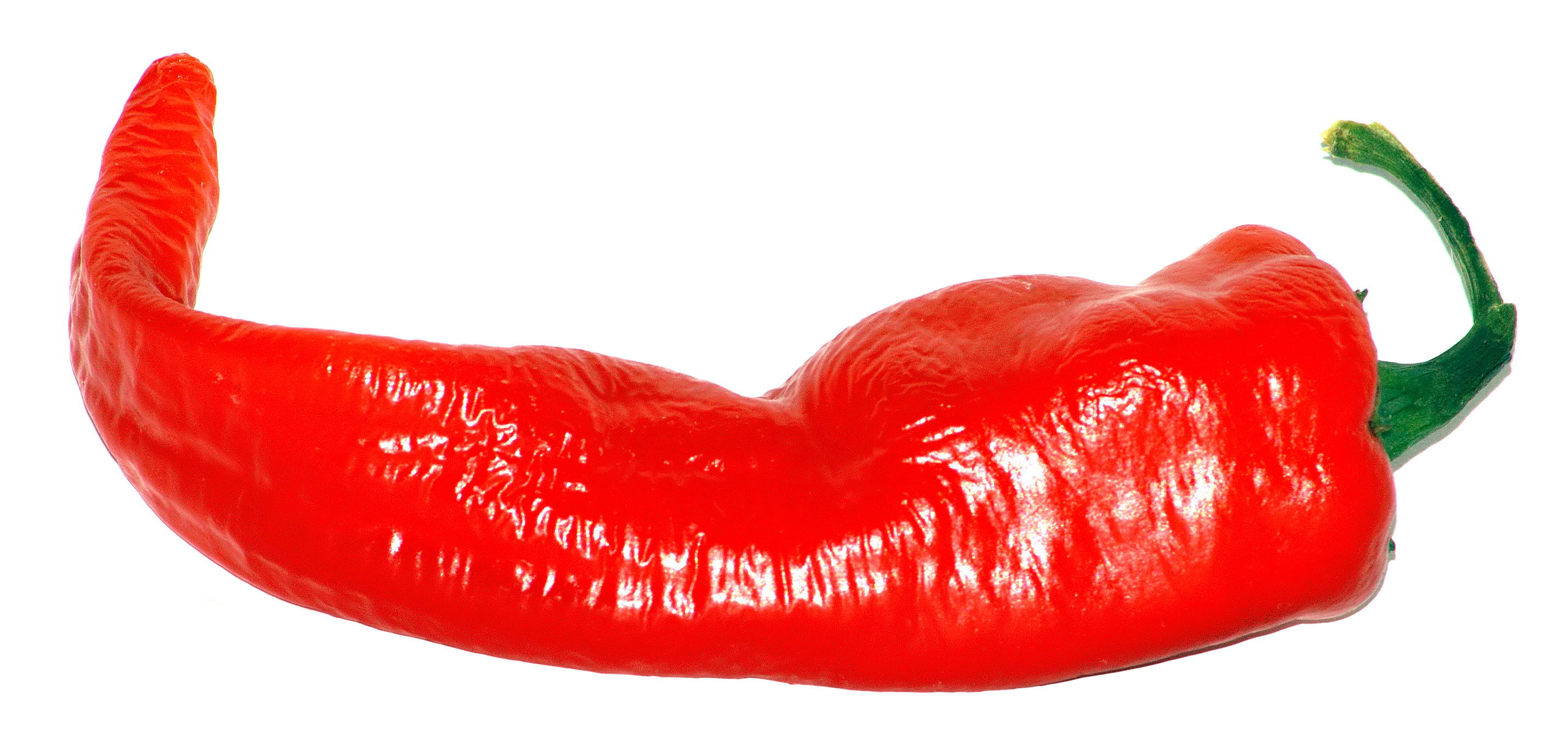- About MAA
- Membership
- MAA Publications
- Periodicals
- Blogs
- MAA Book Series
- MAA Press (an imprint of the AMS)
- MAA Notes
- MAA Reviews
- Mathematical Communication
- Information for Libraries
- Author Resources
- Advertise with MAA
- Meetings
- Competitions
- Programs
- Communities
- MAA Sections
- SIGMAA
- MAA Connect
- Students
- MAA Awards
- Awards Booklets
- Writing Awards
- Teaching Awards
- Service Awards
- Research Awards
- Lecture Awards
- Putnam Competition Individual and Team Winners
- D. E. Shaw Group AMC 8 Awards & Certificates
- Maryam Mirzakhani AMC 10 A Awards & Certificates
- Two Sigma AMC 10 B Awards & Certificates
- Jane Street AMC 12 A Awards & Certificates
- Akamai AMC 12 B Awards & Certificates
- High School Teachers
- News
You are here
Cool Mathematics Can Determine Heat Levels of Hot Peppers
February 3, 2010

The first episode of Discoveries and Breakthroughs Inside Science in 2010 takes on a hot topic: peppers and a new mathematical model to test their "heat".
Capsaicinoids are the compounds that give chili peppers their spicy taste and "heat". They bond with pain receptors in the mouth and throat, producing a burning sensation in the tissue. Then the receptors send a message to the brain, which triggers increases in heart rate and perspiration, as well as the release of endorphins (which are also released in other situations that play with the sensations of pleasure and pain, such as the runner's high).
Traditionally, scientists measured capsaicinoids to determine how hot a pepper is, but that method that is time consuming and expensive.
In this episode, Kenneth Busch (Baylor University) demonstrates a mathematical model that calculates peppers' "heat" levels.
The new method uses a multivariate regression analysis of known capsaicinoid content data from several pepper samples. A computer program uses this data to hone in on the aspects of the heat spectrum that correlate with the capsaicinoid concentrations in the pepper. The computer can then recognize various components of heat in an extract and use the information to compare unknown peppers to what it already knows.
"The model takes that spectral data and predicts what the concentrations are," Busch explains. One application: "You could have an instrument that you just put the probe up to the pepper and say that's how hot it is," Busch said.
Researchers predict that Busch's breakthrough suggests a faster and less expensive approach than current methods used by food processors and manufacturers.
The Discoveries and Breakthroughs in Science project produces a 90-second TV news segment each month on a mathematical, scientific, or technological topic. The MAA is a contributing partner to DBIS.
Source: Discoveries and Breakthroughs Inside Science (January 1, 2010)
Id:
771
Start Date:
Wednesday, February 3, 2010




